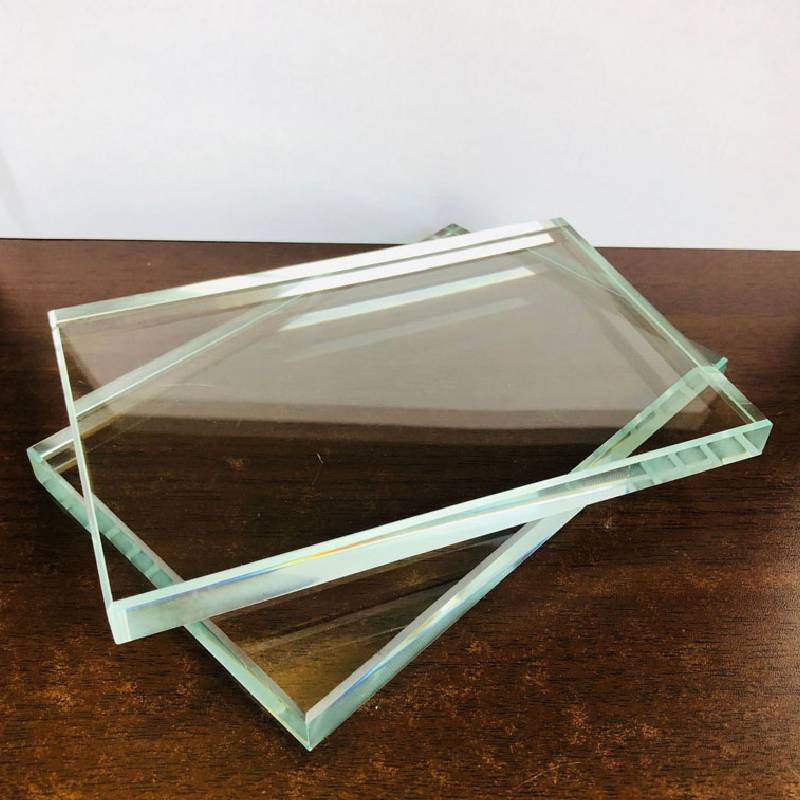Understanding Tempered Low-E Glass Advantages and Applications
In the realm of modern architecture and construction, the materials used play a crucial role in determining the energy efficiency, aesthetic appeal, and overall functionality of a building. One such innovation that has gained significant attention is tempered low-emissivity (low-E) glass. This material combines the benefits of tempered glass with the energy-saving properties of low-E coatings, making it an ideal choice for various applications in residential and commercial buildings.
What is Tempered Low-E Glass?
Tempered glass, also known as toughened glass, undergoes a special heat treatment process that increases its strength compared to standard glass. This process involves heating the glass to high temperatures and then cooling it rapidly, creating a balance of internal stresses that significantly enhance its durability. If fractured, tempered glass shatters into small, blunt pieces, minimizing the risk of injury.
Low-E glass, on the other hand, is coated with a thin layer of metallic oxide that reflects infrared heat while allowing visible light to pass through. This coating helps to reduce heat transfer, keeping interiors warmer in the winter and cooler in the summer. When tempered glass is combined with low-E technology, the result is a highly efficient material that not only meets safety standards but also improves thermal performance.
Benefits of Tempered Low-E Glass
1. Energy Efficiency One of the most significant advantages of tempered low-E glass is its ability to enhance energy efficiency. By minimizing heat gain in hot weather and reducing heat loss in colder months, buildings equipped with this type of glass can lower their energy consumption. This not only leads to reduced utility bills for homeowners and businesses but also contributes to a smaller carbon footprint.
tempered low e glass
2. Increased Durability Tempering glass makes it approximately five to six times stronger than untreated glass. This increased durability is essential for buildings located in areas prone to extreme weather conditions, such as high winds or hail. The robust nature of tempered low-E glass ensures that it can withstand impact while maintaining its integrity over time.
3. UV Protection The low-E coating on the glass also acts as a barrier against harmful ultraviolet (UV) rays. By blocking a significant percentage of UV radiation, tempered low-E glass helps protect furnishings, flooring, and artwork from fading and deterioration, ensuring that the interior of a building remains vibrant for longer.
4. Visual Comfort The combination of tempered glass and low-E coating allows for ample natural light while minimizing glare. This feature enhances visual comfort for occupants, creating a more pleasant living or working environment.
5. Aesthetic Versatility Tempered low-E glass is available in a variety of styles and finishes, allowing architects and designers to create visually stunning exteriors without compromising on performance. From sleek commercial buildings to elegant residential homes, this glass can be integrated seamlessly into various architectural designs.
Applications of Tempered Low-E Glass
The versatility of tempered low-E glass makes it suitable for a wide range of applications. It is commonly used in windows, doors, curtain walls, and skylights. In commercial settings, it enhances the aesthetic appeal and energy efficiency of office buildings, shopping centers, and hotels. In residential construction, it elevates the comfort and value of homes while providing a modern look.
In conclusion, tempered low-E glass represents a significant advancement in building materials, offering a combination of strength, energy efficiency, and aesthetic appeal. As the demand for sustainable and modern building solutions continues to grow, tempered low-E glass is set to play a pivotal role in shaping the future of architecture and construction. Whether you’re designing a new building or renovating an existing space, consider the benefits of incorporating tempered low-E glass into your plans for a brighter, more energy-efficient future.
 Afrikaans
Afrikaans  Albanian
Albanian  Amharic
Amharic  Arabic
Arabic  Armenian
Armenian  Azerbaijani
Azerbaijani  Basque
Basque  Belarusian
Belarusian  Bengali
Bengali  Bosnian
Bosnian  Bulgarian
Bulgarian  Catalan
Catalan  Cebuano
Cebuano  Corsican
Corsican  Croatian
Croatian  Czech
Czech  Danish
Danish  Dutch
Dutch  English
English  Esperanto
Esperanto  Estonian
Estonian  Finnish
Finnish  French
French  Frisian
Frisian  Galician
Galician  Georgian
Georgian  German
German  Greek
Greek  Gujarati
Gujarati  Haitian Creole
Haitian Creole  hausa
hausa  hawaiian
hawaiian  Hebrew
Hebrew  Hindi
Hindi  Miao
Miao  Hungarian
Hungarian  Icelandic
Icelandic  igbo
igbo  Indonesian
Indonesian  irish
irish  Italian
Italian  Japanese
Japanese  Javanese
Javanese  Kannada
Kannada  kazakh
kazakh  Khmer
Khmer  Rwandese
Rwandese  Korean
Korean  Kurdish
Kurdish  Kyrgyz
Kyrgyz  Lao
Lao  Latin
Latin  Latvian
Latvian  Lithuanian
Lithuanian  Luxembourgish
Luxembourgish  Macedonian
Macedonian  Malgashi
Malgashi  Malay
Malay  Malayalam
Malayalam  Maltese
Maltese  Maori
Maori  Marathi
Marathi  Mongolian
Mongolian  Myanmar
Myanmar  Nepali
Nepali  Norwegian
Norwegian  Norwegian
Norwegian  Occitan
Occitan  Pashto
Pashto  Persian
Persian  Polish
Polish  Portuguese
Portuguese  Punjabi
Punjabi  Romanian
Romanian  Russian
Russian  Samoan
Samoan  Scottish Gaelic
Scottish Gaelic  Serbian
Serbian  Sesotho
Sesotho  Shona
Shona  Sindhi
Sindhi  Sinhala
Sinhala  Slovak
Slovak  Slovenian
Slovenian  Somali
Somali  Spanish
Spanish  Sundanese
Sundanese  Swahili
Swahili  Swedish
Swedish  Tagalog
Tagalog  Tajik
Tajik  Tamil
Tamil  Tatar
Tatar  Telugu
Telugu  Thai
Thai  Turkish
Turkish  Turkmen
Turkmen  Ukrainian
Ukrainian  Urdu
Urdu  Uighur
Uighur  Uzbek
Uzbek  Vietnamese
Vietnamese  Welsh
Welsh  Bantu
Bantu  Yiddish
Yiddish  Yoruba
Yoruba  Zulu
Zulu 

